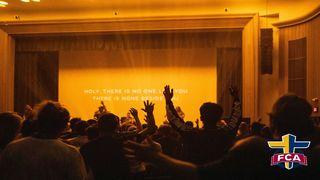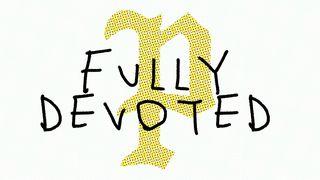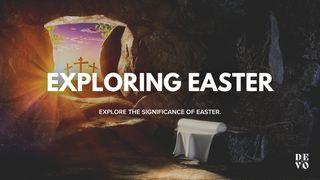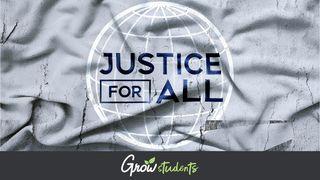Plan info
Meal From Below: A Lenten DevotionalSample
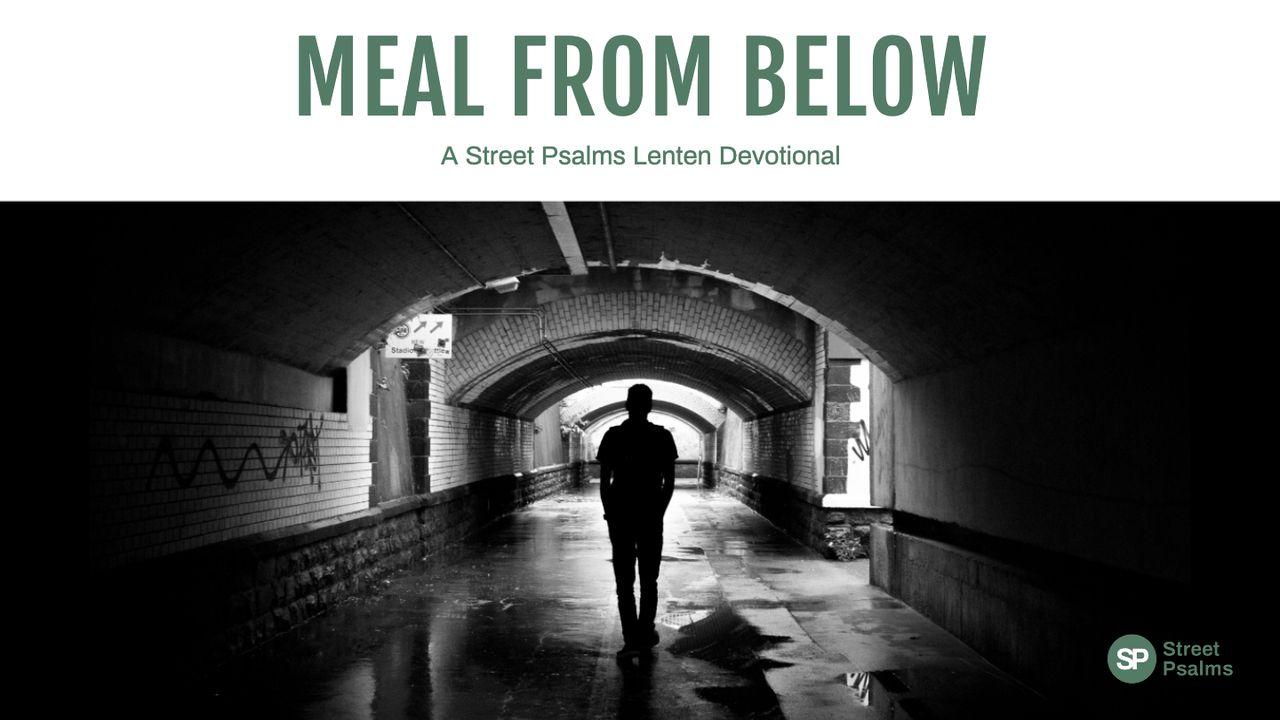
The Work of Affliction
If affliction “pierces our souls” as Simone Weil said, it is no accident that she paired it with beauty as a force that overwhelms our carefully defended selves. Like beauty, affliction cannot be contained or managed. At times, an intense encounter with beauty itself produces an ache, a longing, an awareness of something precious beyond our grasp.
In the sixth chapter of Isaiah, the prophet has a vision of the glory of the Lord and the splendor of his throne surrounded by heavenly worshippers. Awe soon gives way to grief; the vision collapses into lament: “I am undone; I am a man of unclean lips, among a people of unclean lips, for my eyes have seen the king” (Isa. 6:5). This movement of the soul from a vision of beauty to a cry of anguish is fundamental to our human experience, and therefore also essential to our experience with God by way of the cross. In the midst of the experience of anguish, we are bewildered by the senseless, almost mocking presence of the beauty we have been permitted to taste. A couple anticipates having a baby together and then find themselves childless and grieving. An activist community dreams of justice, works every angle for its tangible realization, and finds justice shattered or deferred—sabotaged by forces outside the group or even by fractures from within. An addict is clean for years, then shamed and ruined by relapse. A newly-single person attends the wedding of a friend, torn inside. “Lord have mercy.”
Affliction goes beyond simple pain. It might begin in the body, but it works its way into the soul. A toothache is not likely to deepen to the level of affliction, but enduring pain, from which there seems no relief or escape, sends us to the end of ourselves. It isolates. Others cannot understand, and often cannot accept our condition. We cannot accept it ourselves, but when does affliction ask our permission? It persists. “How long, O Lord, how long?”
Deeper affliction drives us into isolation, confusion, meaninglessness, and despair—moving not only into the wilderness experience of Jesus, but further still into his experience of the cross. This may seem little temporal consolation. We want relief. But there is something deeply true at work: the cross is ground zero for the meeting of divine and human. There is beauty beyond, for which we do not need to strive or to grasp.
At this point, we should remember that no work will accomplish union with God at the point of suffering. The union is God’s work. In Christ, God comes a long way into the wound of our humanity, even to the deepest wound of death. We will simply be invited to gaze upon the strange beauty of the suffering Savior, amid our own: “Just as Moses lifted up the serpent in the wilderness, so must the Son of Man be lifted up, that whoever believes in him may have eternal life. For God so loved the world that he gave his only Son, that whoever believes in him may not perish but have eternal life” (John 3:14-16).
Our lives are marked not only with our individual wounds, but also with the wounds of others. The Lenten portion of the Jesus meal reminds us that broken work and broken workers are central to the peculiar way God is redeeming the world. As Mother Teresa wrote, “Without our suffering, our work would be just social work—it would not be the work of Jesus Christ, not part of the redemption. The important thing is not to waste suffering. Join it to the suffering of Christ; offer it up with his suffering. Don’t waste suffering.”
Scripture
About this Plan

Jesus “took the bread, blessed it, broke it, gave it to his disciples, and said, ‘This is my body given for you, do this in remembrance of me.’” In the same way, we too are taken, blessed, broken, given, and spoken in Go...
More
